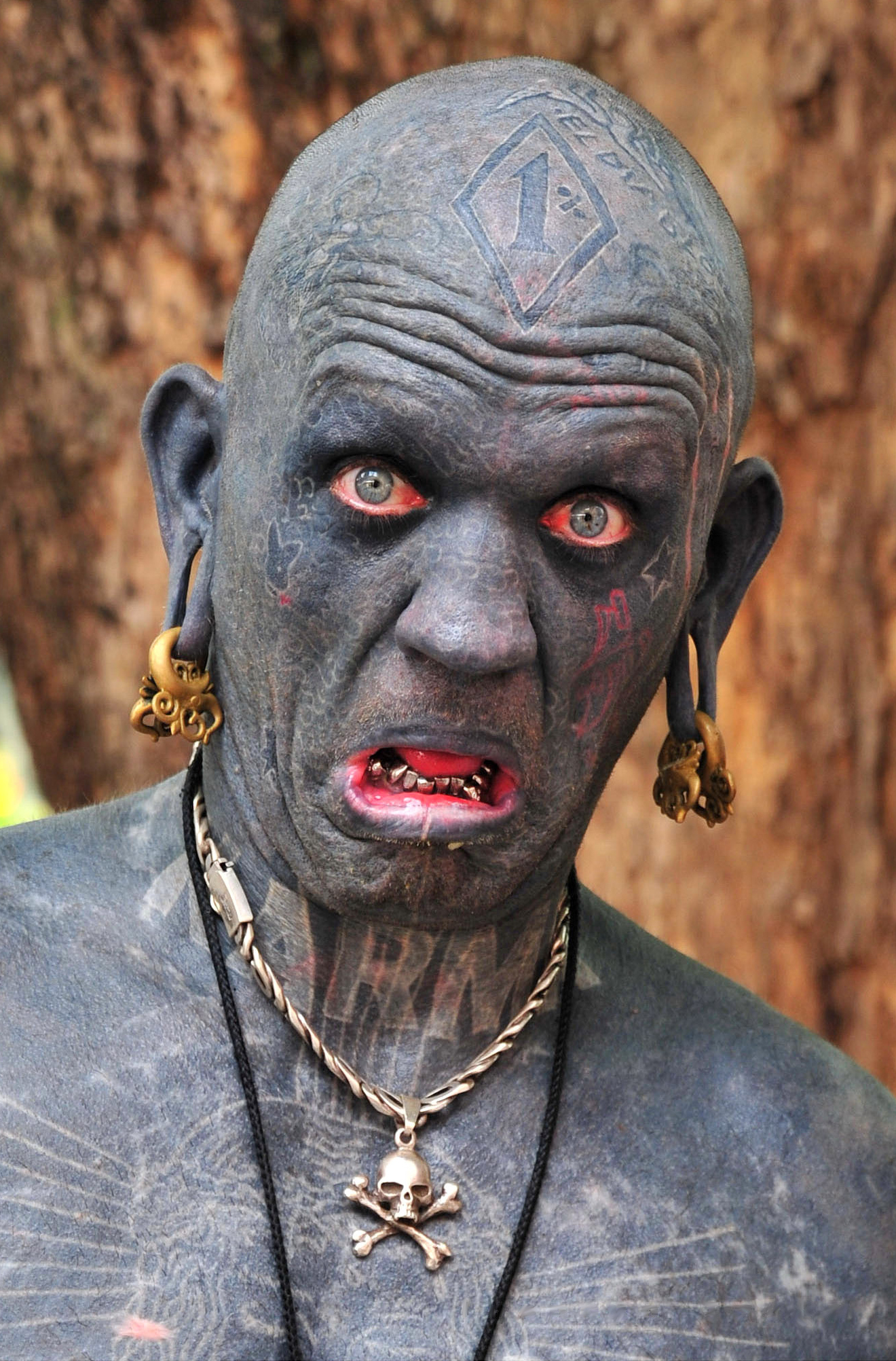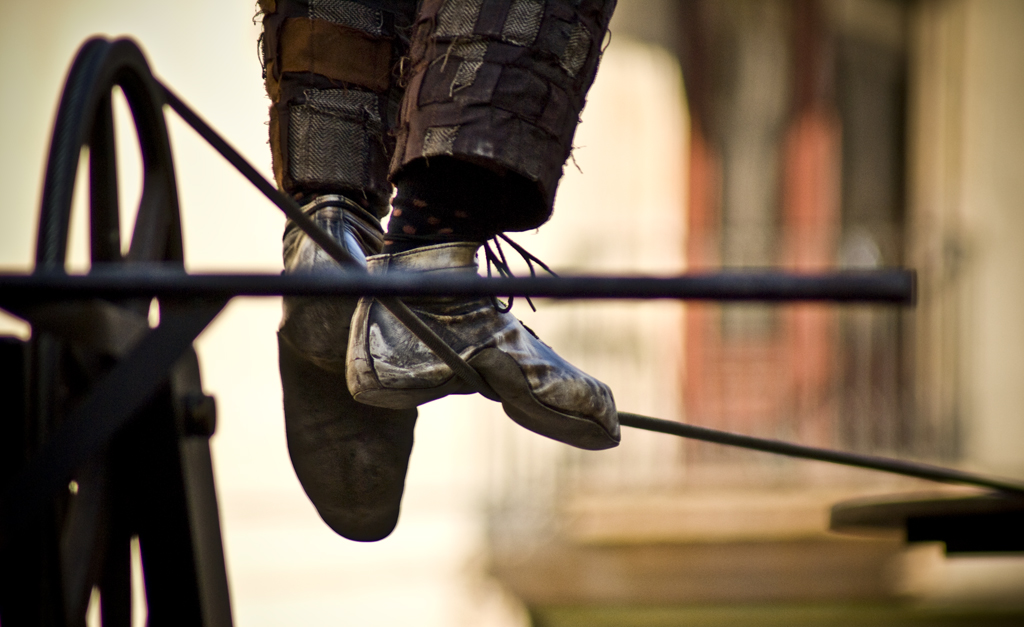|
Sugarloaf Cable Car
The Sugarloaf Cable Car () is a cableway system in Rio de Janeiro, Brazil. The first part runs between Praia Vermelha and Morro da Urca (at ), from where the second rises to the summit of the Sugarloaf Mountain. The cableway was envisioned by the engineer Augusto Ferreira Ramos in 1908 who sought support from well-known figures of Rio's high society to promote its construction. Opened in 1912, it was only the third cableway to be built in the world. In 1972 the cars were updated, growing from a capacity of 22 to 75, and in 1979 it featured in an action scene for the James Bond film '' Moonraker''. Today, it is used by approximately 2,500 visitors every day. The cable cars run every 30 minutes, between 8 a.m. and 10 p.m. History The development of technical and engineering achievement of the National Exhibition in Commemoration of the First Centenary of the Opening of the Ports of Brazil to the International Trade in 1908 motivated engineer Augusto Ramos to imagin ... [...More Info...] [...Related Items...] OR: [Wikipedia] [Google] [Baidu] |
Rio De Janeiro
Rio de Janeiro, or simply Rio, is the capital of the Rio de Janeiro (state), state of Rio de Janeiro. It is the List of cities in Brazil by population, second-most-populous city in Brazil (after São Paulo) and the Largest cities in the Americas, sixth-most-populous city in the Americas. Founded in 1565 by the Portuguese people, Portuguese, the city was initially the seat of the Captaincy of Rio de Janeiro, a domain of the Portuguese Empire. In 1763, it became the capital of the State of Brazil, a List of states of the Portuguese Empire, state of the Portuguese Empire. In 1808, when the Transfer of the Portuguese Court to Brazil, Portuguese Royal Court moved to Brazil, Rio de Janeiro became the seat of the court of Queen Maria I of Portugal. She subsequently, under the leadership of her son the prince regent John VI of Portugal, raised Brazil to the dignity of a kingdom, within the United Kingdom of Portugal, Brazil and the Algarves, United Kingdom of Portugal, Brazil, and Algar ... [...More Info...] [...Related Items...] OR: [Wikipedia] [Google] [Baidu] |
Wetterhorn Elevator
The Wetterhorn Elevator () was an aerial tramway in the valley of Grindelwald. It connected the base of the Upper Grindelwald Glacier to a higher location in the Wetterhorn massif. The tramway was inaugurated in 1908, making it the first of its kind in Switzerland. It closed only a few years later in 1915. The facility was referred to as an elevator because of the 116% average gradient of the suspension cables. The height difference was 420 metres. At the time of the opening, the Wetterhorn Elevator has been described as the world's first modern aerial cableway system. Since there were no concessions yet for such type of transport, an automobile concession form had to be used instead. blog of the |
Complex Networks
Complex Networks is an American media and entertainment company for youth culture, based in New York City. It was founded as a bi-monthly magazine, ''Complex'', by fashion designer Marc Eckō. Complex Networks reports on popular and emerging trends in style, sneakers, food, music, sports and pop culture. Complex Networks reached over 90 million unique users per month in 2013 across its owned and operated and partner sites, socials and YouTube channels. The print magazine ceased publication with the December 2016/January 2017 issue. Complex currently has 6.02 million subscribers and 1.8 billion total views on YouTube. the company's yearly revenue was estimated to be US$200 million, 15% of which came from commerce. Complex Networks has been named by '' Business Insider'' as one of the Most Valuable Startups in New York, and Most Valuable Private Companies in the World. In 2012, the company launched Complex TV, an online broadcasting platform. In 2016, it became a joint-ventu ... [...More Info...] [...Related Items...] OR: [Wikipedia] [Google] [Baidu] |
Google Logo
The Google logo appears in numerous settings to identify the search engine company. Google has used several logos over History of Google, its history, with the first logo created by Sergey Brin using GIMP. A revised logo debuted on September 1, 2015. The previous logo, with slight modifications between 1999 and 2013, was designed by Ruth Kedar, with a wordmark based on the Catull font, an old style serif typeface designed by Gustav Jaeger for the Berthold Type Foundry in 1982. On May 12, 2025, Google revised its logo again, transitioning to a gradient-based design instead of solid blocks. The company also includes various modifications or humorous features, such as modifications of their logo for use on holidays, birthdays of famous people, and major events, such as the Olympics. These special logos, some designed by Dennis Hwang, have become known as Google Doodles. History In 1997, Larry Page created a computerized version of the Google letters using the free software, free ... [...More Info...] [...Related Items...] OR: [Wikipedia] [Google] [Baidu] |
Google
Google LLC (, ) is an American multinational corporation and technology company focusing on online advertising, search engine technology, cloud computing, computer software, quantum computing, e-commerce, consumer electronics, and artificial intelligence (AI). It has been referred to as "the most powerful company in the world" by the BBC and is one of the world's List of most valuable brands, most valuable brands. Google's parent company, Alphabet Inc., is one of the five Big Tech companies alongside Amazon (company), Amazon, Apple Inc., Apple, Meta Platforms, Meta, and Microsoft. Google was founded on September 4, 1998, by American computer scientists Larry Page and Sergey Brin. Together, they own about 14% of its publicly listed shares and control 56% of its stockholder voting power through super-voting stock. The company went public company, public via an initial public offering (IPO) in 2004. In 2015, Google was reorganized as a wholly owned subsidiary of Alphabet Inc. Go ... [...More Info...] [...Related Items...] OR: [Wikipedia] [Google] [Baidu] |
Falko Traber
Falko Traber (born in Besançon, France, October 13, 1959) is a German high wire artist. He is a direct descendant of one of the oldest artistic families in Germany, the legendary Zugspitze tightrope artists. The name was given to the Traber family show after their spectacular performance in 1952, after their 2964-meter-high performance on the Zugspitze, the highest mountain in Germany. Born during a tour in France, Falko Traber traveled with his family to more than forty countries. Falko Traber is the last of his brothers to still perform the high wire; his brother Charlie died in 2007 at the age of fifty-four. Traber made the profession of high-wire artist his calling, and set a large number of world records. An exhibit devoted to Traber and his career has been on display in the National Museum in Karlsruhe for several years. World records *1978: Spent ten days and ten nights (264 hours) continuously on a high wire in Düsseldorf *1982: Spent eleven days and nights in Alster ... [...More Info...] [...Related Items...] OR: [Wikipedia] [Google] [Baidu] |
Guinness Book Of World Records
''Guinness World Records'', known from its inception in 1955 until 1999 as ''The Guinness Book of Records'' and in previous United States editions as ''The Guinness Book of World Records'', is a British reference book published annually, listing world records both of human achievements and the extremes of the natural world. Sir Hugh Beaver created the concept, and twin brothers Norris and Ross McWhirter co-founded the book in London in August 1955. The first edition topped the bestseller list in the United Kingdom by Christmas 1955. The following year the book was launched internationally, and as of the 2025 edition, it is now in its 70th year of publication, published in 100 countries and 40 languages, and maintains over 53,000 records in its database. The international franchise has extended beyond print to include television series and museums. The popularity of the franchise has resulted in ''Guinness World Records'' becoming the primary international source for catal ... [...More Info...] [...Related Items...] OR: [Wikipedia] [Google] [Baidu] |
Tightrope Walking
Tightrope walking, also called funambulism, is the skill of walking along a thin wire or rope. It has a long tradition in various countries and is commonly associated with the circus. Other skills similar to tightrope walking include slack rope walking and slacklining. Types Tightwire is the skill of maintaining balance while walking along a tensioned wire between two points. It can be done either using a balancing tool (umbrella, fan, balance pole, etc.) or "freehand", using only one's body to maintain balance. Typically, tightwire performances either include dance or object manipulation. Object manipulation acts include a variety of props in their acts, such as clubs, rings, hats, or canes. Tightwire performers have even used wheelbarrows with passengers, ladders, and animals in their act. The technique to maintain balance is to keep the performer's centre of mass above their support point—usually their feet. Highwire is a form of tightwire walking but performed at much ... [...More Info...] [...Related Items...] OR: [Wikipedia] [Google] [Baidu] |
Steven McPeak
Stephen or Steven is an English first name. It is particularly significant to Christians, as it belonged to Saint Stephen ( ), an early disciple and deacon who, according to the Book of Acts, was stoned to death; he is widely regarded as the first martyr (or "protomartyr") of the Christian Church. The name, in both the forms Stephen and Steven, is often shortened to Steve or Stevie. In English, the female version of the name is Stephanie. Many surnames are derived from the first name, including Stephens, Stevens, Stephenson, and Stevenson, all of which mean "Stephen's (son)". In modern times the name has sometimes been given with intentionally non-standard spelling, such as Stevan or Stevon. A common variant of the name used in English is Stephan ( ); related names that have found some currency or significance in English include Stefan (pronounced or in English), Esteban (often pronounced ), and the Shakespeare William Shakespeare ( 23 April 1564 – 23 April 161 ... [...More Info...] [...Related Items...] OR: [Wikipedia] [Google] [Baidu] |





